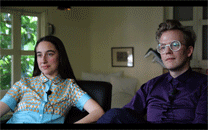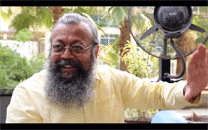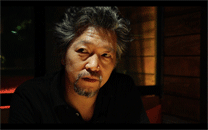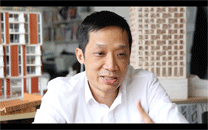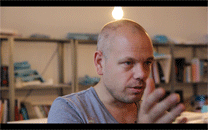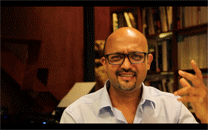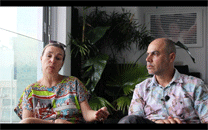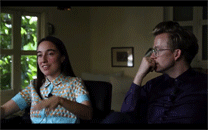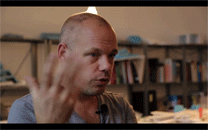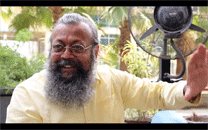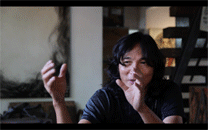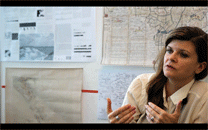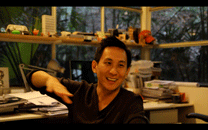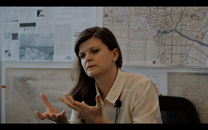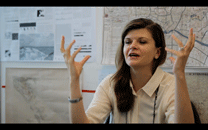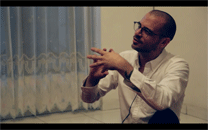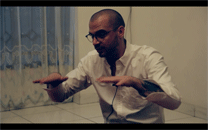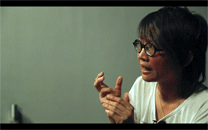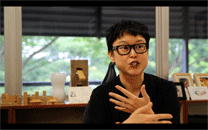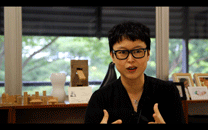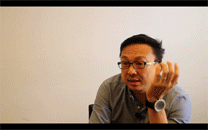////////////UNDER CONSTRUCTION////////////
In the age of hyper-specialization, which supports a working model ‘productively’ divided in always smaller and highly specific tasks, it is necessary to acquire a broader overview in order to connect apparently unrelated phenomena. To achieve this objective the project proposes a ‘tomographic’ strategy, a collection of different fragments on vast territories and arguments. The combination of these contributions, along specific themes, will define cross culture and cross climate sections, to reconstruct the ‘model’ of fast transforming Asia.
The themes will be suggested in the form of ‘dichotomies’, topics where it’s hard to clearly define a ‘right’ position and where there is still a consolidated difference of opinions between East and West or between modernism and beyond. With the belief that complex systems cannot be represented anymore by frozen ‘oppositions’, the project aims to stimulate debate in search for new states of equilibrium, questioning postures too often given for granted.
PLANNED INFRASTRUCTURE / INFORMAL ASSEMBLAGE
Now fully entered in the ‘urban age’ many cities of the global South are growing in the lack or deficiency of traditional urban planning, At the same time among planners and designers the interest in informality is rising, but informal fascination often results in a formally planned 'improvement' solution.
GLOBAL DISPLACEMENTS / END OF DISTANCE
Global economy is provoking unprecedented migrations mostly towards cities, causing the reinforcement of frontiers and the appearance of new borders, while information technologies enable simultaneous connection with the rest of the globe 24/7, dissolving physical distances and creating virtual connected communities.
COLLECTIVE MEMORY / ‘RENDERED’ SOCIETY
Imaginary is made up of different components that are partly experienced (locally embedded), and partly fantastic (projected). Everyone's memory is the interplay of personal and collective backgrounds, but in the era of global information the processes behind it are more and more articulated. "Rendered" alien models are slowly inserted in daily routines, making difficult to recognize who are the real strangers.
HISTORIC PRESERVATION / BRAND-NEW DEVELOPMENT
Preservation mostly concentrates on exceptional objects, without considering the generic and immaterial qualities of built environment, generally lost during ‘re-development’ process together with related collective memories. Also pure conservation generates uncertain consequences, as renovation is necessary to avoid atrophy. Radical stasis and radical development coexists today without a strategy to negotiate their encounters.
VERNACULAR EVOLUTION / TECHNICAL INNOVATION
Vernacular architectures respond to local environments while embodying cultural and aesthetic references and slowly evolving through collective improvement. On the other side, the search for innovation has always been a crucial requirement for practitioners but, many times, it is mostly focused on individual goals (imagination-driven-originality) or technical advances, forgetting a wider range of factors embedded in traditional architecture.
MODERNITY STEADINESS / VULNERABLE REALITIES
Modernity, with its ‘dominating’ and 'homogenizing' approach, has always rejected vulnerability as cultural and aesthetic principle but, paradoxically, it has contributed to its formation exploiting the environment to sustain its growing system. With global crisis its time to promote a wider sense of ecology that supports different 'standards' and qualities like resilience, adaptation and impermanence.
PROGRESS FUEL / EXPLOITED LANDSCAPE
In the Anthropocene, the era where humans have relevant impact on the planet ecosystems, the net division between natural and artificial, set by modernity, has to be deeply reconsidered. It’s necessary to culturally and critically reconnect to the landscapes that have been altered to sustain our development, usually far from our comfortable cities and invisible to the most, and to speculate on their (and ours) possible futures.
BOTTOM-UP INNOVATION / TOP-DOWN EFFICIENCY
The diffusion of interactive network technologies, especially through ‘bottom-up’ protocols, has increased exponentially the possibilities of connection and information access, offering citizens methods to intervene in urban process. Nonetheless conventional ‘top down’ management and planning structures remain, as necessary agents to pursue long-term objectives. Cities are developing as complex ecosystems embracing both bottom up and top down systems, searching for a fine balance between innovation and efficiency.
PRACTICE PRAGMATICS / EXPANDED ENGAGEMENT
In the current Asian economic and developing climate, conventional architecture practice, focusing mostly on "designing buildings" seems to be both necessary and valuable but the dominant logic of private investments leaves little room for exploration. On the other hand the countries deep inequalities, unbalanced transformations and fragile communities call for alternatives approaches to the profession.

